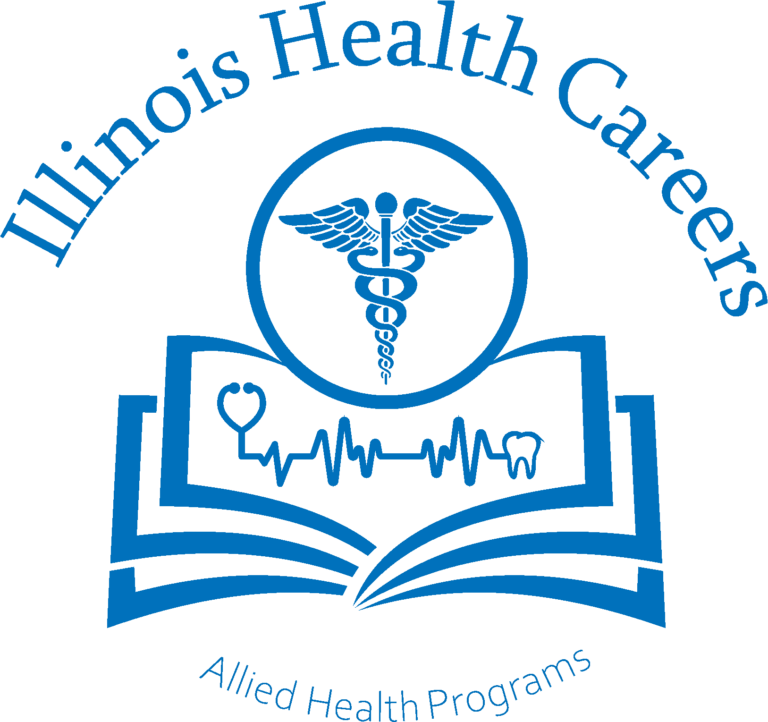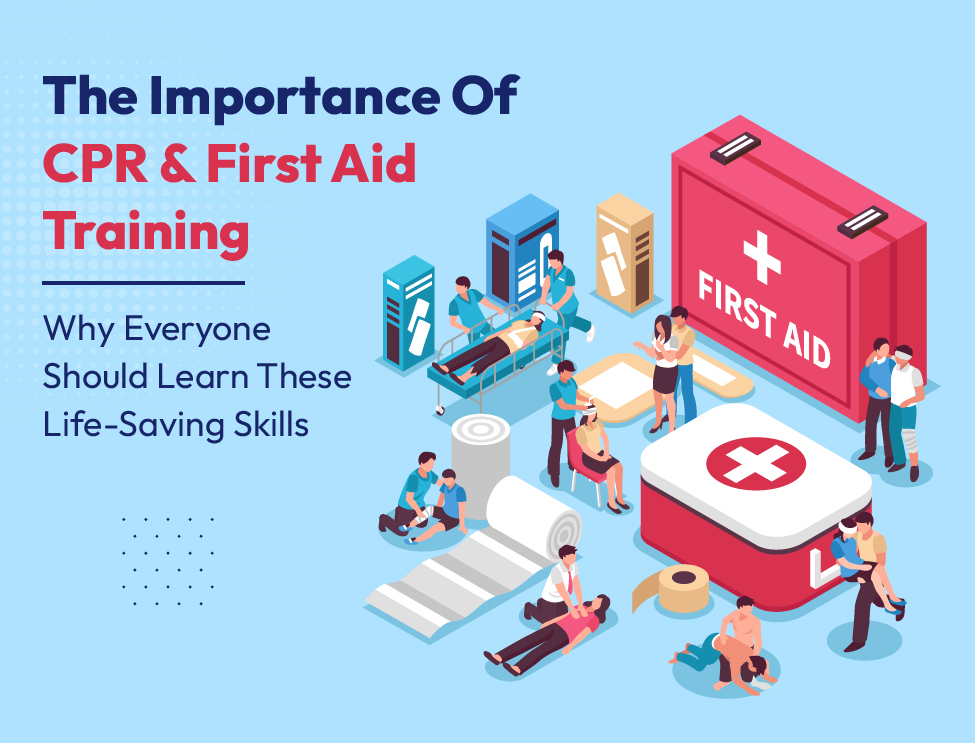Imagine being in a situation where someone you love has stopped breathing or has been severely injured. How would you react?
It doesn’t matter if it happens to an old family friend, a stranger on the street, or your child – nobody wants to feel helpless. Fortunately, there are some precautions that you can take to ensure that you’ll know how to respond in case of an emergency. In this article, we will go through why everyone needs to learn CPR and first aid and how these skills can help save a life.
Overview of CPR and First Aid
Education and Learning Opportunities for CPR and First Aid Training
Formal Courses and Programs
Online and Community-Based Learning Platforms
What Should be Learned in CPR and First Aid Training?
The Basics of CPR
CPR, or cardiopulmonary resuscitation, is a lifesaving skill that everyone should know. The basics of CPR are fairly simple—it involves chest compressions and rescue breaths to keep the blood supply going while the victim waits for medical care. It’s easy enough to remember, with all the right information and practice!
AED training is also part of the CPR course which is known as an automated external defibrillator (AED) it is a portable device that delivers an electric shock through the chest to the heart. The shock can potentially stop an irregular heart beat (arrhythmia) and allow a normal rhythm to resume following sudden cardiac arrest (SCA).
The Principles of First Aid
Life Support Techniques
It’s also important to learn about life support techniques like Automated External Defibrillator (AED) use as well as oxygen administration. These skills become even more valuable if you are in a situation where emergency medical care is not available right away.
Overall, CPR and first aid training can provide invaluable skills in an emergency situation; empower you with the knowledge necessary to make informed decisions; and help give victims the best chance for survival until professional medical help arrives.
Where to Find CPR and First Aid Training?
So now you know why it’s so important to have CPR and first aid training. But where do you go to get it? The good news is that there are plenty of options! Depending on your location and preferences, you can find CPR and first aid classes at community colleges, medical facilities, local fire departments, Red Cross branches, and more. Most classes only take a few hours and are very affordable. Illinois Health Careers offers CPR/AED/ First aid in two of our locations. We also offer discounted prices for students and groups
Plus, if you don’t have the time or money to take a physical class, you can find online courses that offer certification after completion. Or if you’re already certified, but need a refresher, there are abbreviated courses available. So no matter what your needs are, there’s something out there for everyone.
Considerations for Learning These Life-Saving Skills
When it comes to learning first aid and CPR, there are a few considerations you should keep in mind. To start, make sure you obtain the right kind of training and education that is up-to-date with the latest practices. Many organizations provide advanced classes for first aid and best CPR certifications that can help you stay updated on the latest skills and techniques.
Also, consider learning from an instructor-led course or program. Instructor-led courses can help you learn the material by having hands-on practice sessions with a professional to ensure proper technique.
Finally, consider taking a course that’s tailored to the particular needs of your workplace or community. For instance, if you work in healthcare, a course specifically for healthcare providers may be beneficial for you. Or if you’re part of a volunteer group in your community, there may be courses offered specifically for volunteers as well.
Save a Life – Learn CPR and First Aid Training Now!
In the event of a medical crisis, knowing CPR and first aid could be the difference between life and death. Someone in cardiac arrest or after a severe accident may not make it unless this is administered. It empowers you to respond in an emergency and gives you the self-assurance to provide aid before professional help arrives.
You can rest assured that you have the most up-to-date knowledge of CPR and first aid by earning a certification from a trustworthy provider. If you have the proper CPR and first aid certification, you can show that you are prepared for any emergency and have the knowledge and skills to manage it. Getting certified in CPR and first aid is always a good idea and if you are a healthcare provider it is mandatory. Remember this could save someone’s life.


